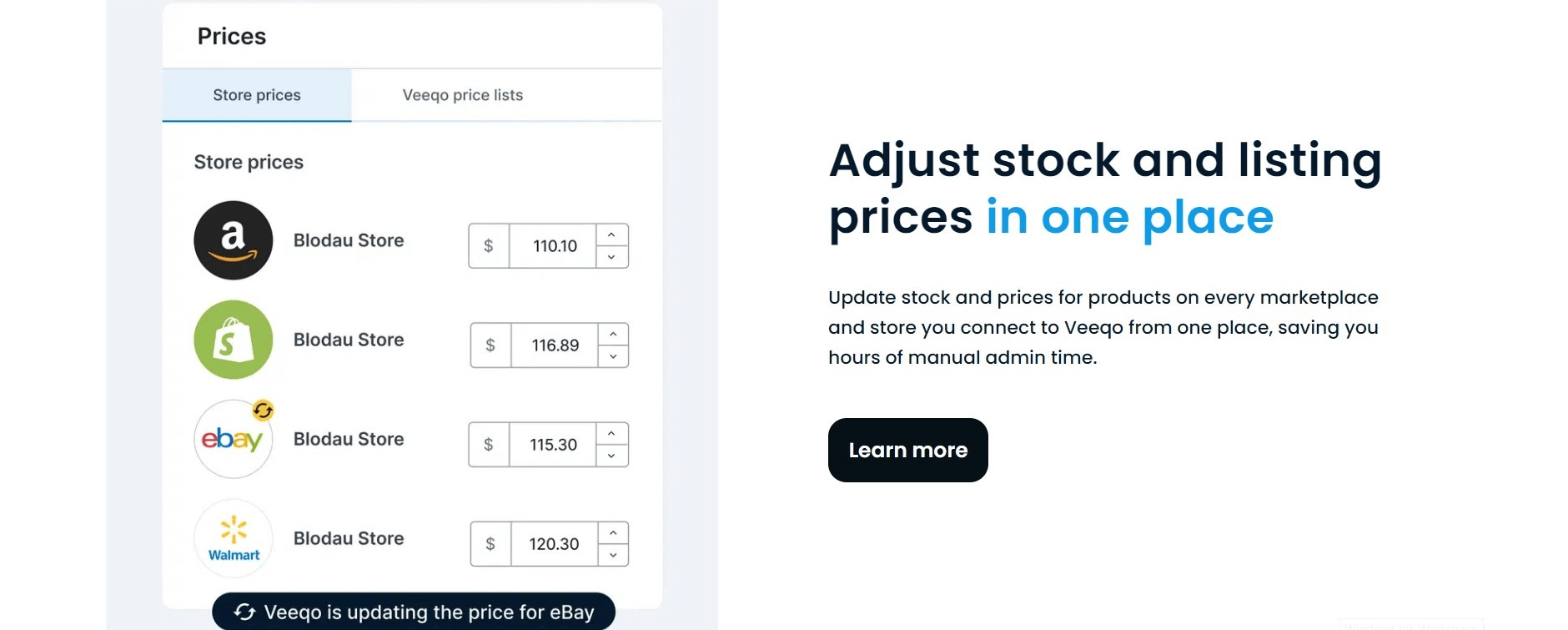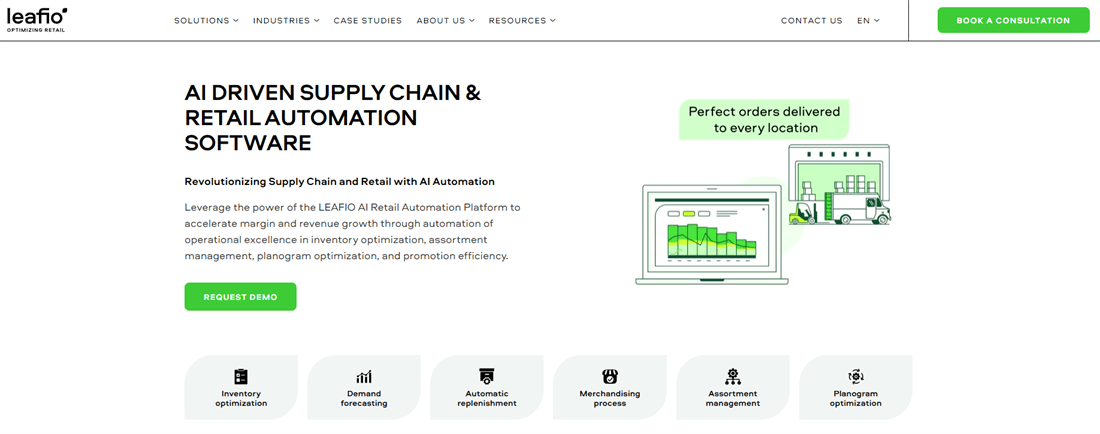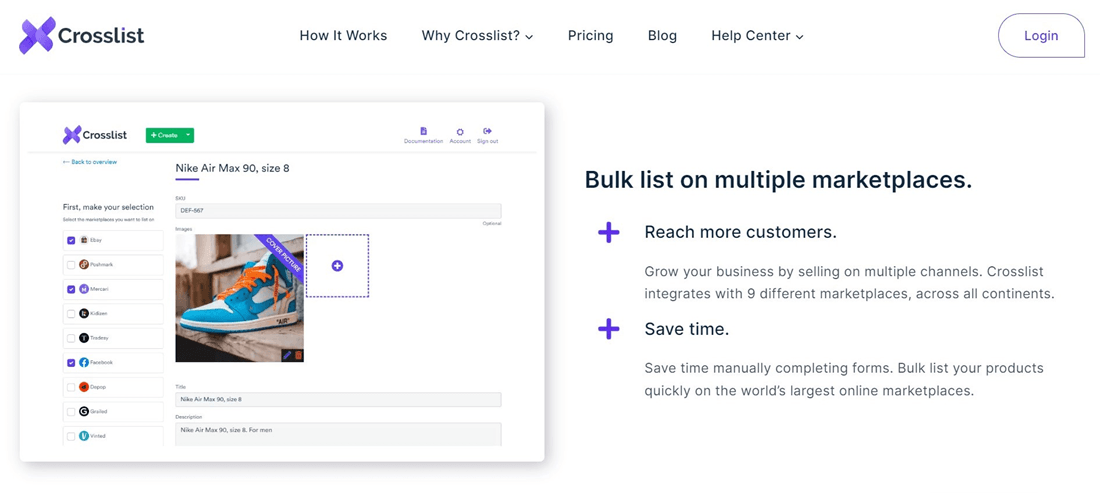7 E-Commerce Management Tools And Strategies To Supercharge Your Business

Ask any e-commerce business owner, and they will tell you that the goal isn’t just to increase sales; it’s also to expand their audience, increase customer satisfaction, and improve efficiency by saving time and resources.
All of this sounds great in theory, but considering the fact most -e-commerce businesses consist of a single person juggling everything, it becomes virtually impossible to achieve all of these goals.
This is where e-commerce management tools come in! In addition to streamlining your process and automating time-consuming tasks, these tools help you manage and scale up your online business, helping you get an edge over your competition.
Let’s take a look at 7 of the best e-commerce management tools to keep your business running smoothly. Don’t forget to peep the bonus e-commerce management strategies at the end!
7 best e-commerce management tools
Give an e-commerce business owner the right tools and they can achieve pretty much anything they set their mind to. Whether you’re selling on Poshmark, eBay, or Shopify, here are some of the best tools to help you stay ahead of the curve.
1. Mailchimp: email marketing
Did you know that a whopping 59% of consumers let marketing emails influence their decisions and that over 40% of them subscribe to newsletters to receive promotional offers and discounts?
Bottom line: building an email list is crucial for the growth of your e-commerce business because it works wonders when it comes to customer retention, promoting new products, rewarding customer loyalty, and building a close relationship with them through personalized emails.
And sending reminders about abandoned carts doesn’t hurt, either. In fact, about 60% of shoppers return to complete the purchase after one.

Mailchimp helps you streamline and automate your email marketing process by helping you build, send, and analyze your emails. The best part? You can segment your customers and integrate Mailchimp with 300+ apps.
Best Alternative: Klaviyo
2. Veeqo: shipping and inventory management
Veeqo is an entirely free shipping management software that lets you streamline your shipping process from start to finish.
It integrates with all major e-commerce stores such as Etsy, eBay, Shopify, and Amazon and automatically syncs orders from everywhere, making multi-channel order management easy.
Veeqo lets you print labels in bulk and automatically calculates the lowest shipping rate available across carriers based on weight and size. You can insure expensive orders, split them into multiple packages, and even add return labels.
The software also has powerful inventory management tools as well as data-driven reports to save hours of your time.

Best Alternative: XPS Ship
3. Leafio: merchandise planning software
Leafio is a powerful merchandise planning tool designed to help online resellers optimize their inventory and sales strategies.
By leveraging AI-driven analytics, Leafio provides insights into purchasing trends, stock levels, and demand forecasting, ensuring you always have the right products available without overstocking. This can greatly enhance efficiency and profitability for e-commerce businesses.

4. Zendesk: customer relationship management
Good customer service involves supporting your customers throughout their shopping journey as well as helping them with any queries.
Not only does good customer experience boost sales, but it also builds trust and keeps them coming back. Zendesk is a customer support platform that lets you interact with your customers across multiple channels via live chat, email, mobile apps, and social media channels.

Zendesk lets you take care of all customer support queries in one place and even provides you with the tools and resources necessary to aid with the tickets. It integrates several applications (like Fullview for Cobrowsing, Klaus for QA, and Assembled for workforce management) and uses data and analytics to help you raise customer satisfaction.
Best Alternative: Salesforce Service Cloud
5. Hotjar: analytics
We know, we know. Google Analytics is the more popular choice, but Hotjar comes pretty close, and it’s a privacy-first platform. Moreover, you can also integrate it with GA4 to get a more powerful tool.
Hotjar is a user behavior analytics software that lets you know how users behave on your site with the help of heatmaps. This helps you identify the least visited areas on your website, where users click, and which areas they avoid.

The software also displays data such as bounce rate, visitor country, and top viewed pages. Additionally, you can view your e-commerce store through the eyes of visitors and get real feedback from users to improve problem areas.
Best Alternative: Piwik Pro
6. Wave: accounting
Every small business needs accounting software to help you stay on top of finances. If you don’t want to hire an accountant, that is.
Wave just happens to be free for all invoicing and accounting features. It helps you create customized invoices, send automated reminders, and track your income and expenses.
You also get a full view of your business with charts and graphs that track income, invoices payable, profit and loss, as well as sales tax.

Best Alternative: FreshBooks
Bonus: As independent e-commerce business owners, there’s no 401(k) money lying in wait for us after we retire. This means your retirement plan lies solely in your hands. Check out how indexed annuity rates can help you balance between risk and reward for your retirement portfolio.
7. Hootsuite: social media management
Social media presence is key to a successful e-commerce business. You get to increase brand awareness, interact with your customers in real-time, monitor trends, and learn what customers are saying about you. But a single person can only wear so many hats.
Hootsuite makes it easy for you to maintain a social media presence by letting you schedule posts in advance, automate responses, answer all comments and messages from a single dashboard, set up social listening, and increase your ROI with in-depth analytics.
In short, it’s a platform that does the work of a social media manager.

Best Alternative: Sprout Social
(Bonus) Crosslist: cross listing software
Chances are that you probably sell your items across multiple e-commerce stores. This means–gasp!–creating the same product listing for each store. What a waste of time, right?
Crosslist (that’s us, hi!) is a cross-listing software that lets you bulk list your products across different marketplaces with a single click.
Not only do you get to save a lot of time (and energy), but you also get to easily manage all your listings from a single interface. We also have an in-built image enhancer and unlimited templates with pre-made descriptions.

So, there you have it. The top e-commerce management tools that make running your business smoother.
But these tools mean nothing if you don’t know how to strategize. Here are some of the best e-commerce management strategies to help your business grow.
Best e-commerce management strategies
Use the following tips to hit all your e-commerce growth goals out of the park.
- Optimize product descriptions for SEO. When you optimize your product pages with target keywords, your product listings rank higher and will appear at the top of the page. This means you become the customer’s go-to option!
- Grow your social media presence. Social media has become the new search engine. It’s where people go to read the news and discover new brands. In fact, 77% of consumers prefer shopping from a brand they follow on social media. So, get out there and start making yourself visible by highlighting your products.
- Invest in paid ads. Organic SEO doesn’t always do the trick, especially if you are just starting out. Here’s where paid ads come in. For a fee, they help you target your audience and drive sales.
- Build an email and SMS list. Send personalized emails and text messages to your customers about new products, limited discounts, and updates about their purchases. This is also a great way A/B test your content, send nudges about abandoned carts, and reward your loyal customers with specialized discounts.
- Leverage social proof and testimonials. Have positive reviews from customers? Showcase them on social media! Testimonials serve as recommendations and help other users trust your products more. Why? Because the recommendation is coming from another customer and not you. They also help remove any hesitancy others may have had about shopping from you.
- Build loyalty programs. Let your customers earn points for each purchase which they can redeem later. This incentivizes more purchases!
- Make your store easy to navigate. Make sure your page loads faster and have an advanced search option in place to help your customers set filters and find what they need easily.
- Provide different payment options. Not everyone likes using credit/ debit cards. Some might prefer other easy options such as Apple Pay, Venmo, or even Cash on Delivery. So, include various payment options (including a Buy Now, Pay Later option) if feasible.
- Offer discounted or free shipping. Free shipping. The magic phrase that makes every customer feel like they are saving money. And most customers actually abandon their carts after looking at the shipping fees. You can offer free or discounted shipping for a limited period, or for purchases that exceed a minimum cart value.
Put the above e-commerce management tools and strategies to good use and watch as your business takes off!
Questions or just say hello!
Well, congratulations to you for making it this far! Here’s a reward in the form of a 10% discount code on your first month of Crosslist (add during check-out). Sign up now with a 3-day money-back guarantee!
10% off
BLOG10
You can learn more about how Crosslist works here.
If you have further questions, feedback, bug reports, or want to know a bit more about us, why not swing by for a chat and say G’day! You can have a chat with us through Messenger.
